Stainless Steel Weitlaner Retractor Self-Retaining Retractor Round tip/Blunt tip Retractor Veterinary Surgical Instruments
The Stainless Steel Weitlaner Retractor is a self-retaining surgical instrument designed for optimal tissue retraction during veterinary procedures.
Description
Stainless Steel Weitlaner Retractor: A Vital Tool in Veterinary Surgical Procedures
The Weitlaner Retractor is a self-retaining surgical instrument primarily used in veterinary practices. Made of high-quality stainless steel, it is durable and reliable, designed to hold tissues and organs back during surgery, providing the veterinary surgeon with clear visibility and access to the surgical site. This retractor is widely appreciated for its unique design, which allows it to remain open on its own, minimizing the need for assistants to hold it in place during procedures. The round tip and blunt tip versions offer versatility for various types of surgeries, each serving different needs based on the nature of the tissues being handled.
Key Features of the Weitlaner Retractor
- Self-Retaining Mechanism:
One of the most important features of the Weitlaner Retractor is its self-retaining mechanism. The retractor is designed with a spring-loaded hinge that automatically holds it open. This allows the veterinary surgeon to focus on the procedure without needing additional assistance to hold the retractor in place, thereby improving surgical efficiency. - High-Quality Stainless Steel:
The instrument is crafted from stainless steel, offering superior durability and resistance to rust or corrosion. This material also ensures that the retractor is long-lasting, even with frequent autoclaving and sterilization between uses. The robustness of stainless steel ensures the instrument maintains its functionality over time, making it a cost-effective addition to any veterinary surgical toolkit. - Versatile Tip Options:
The Weitlaner Retractor is available in two tip styles: the round tip and blunt tip.- Round Tip: Ideal for gentle tissue retraction where precision and careful handling are necessary, particularly in delicate surgeries where damage to soft tissues should be minimized.
- Blunt Tip: More suited for procedures involving dense or fibrous tissues, where a firm grip is required without cutting or puncturing the tissue.
- Multiple Size Options:
The Weitlaner Retractor comes in different sizes, allowing veterinary professionals to select the right tool for the procedure. Common sizes range from smaller instruments for delicate surgeries to larger versions for broader exposure in more complex or invasive procedures. Its compact size also ensures that it can be used in various areas of the body, from small animal surgeries to larger veterinary procedures.
Applications in Veterinary Surgery
The Weitlaner Retractor is used in a variety of surgical situations where clear exposure of underlying tissues or organs is required. Some of the most common applications include:
- Abdominal Surgery:
During abdominal surgeries, such as spaying, neutering, or organ repairs, the Weitlaner Retractor is used to hold back tissues, organs, and muscles. Its self-retaining mechanism allows the surgeon to focus on the procedure, ensuring that internal organs remain out of the way while maintaining a sterile field. - Orthopedic Procedures:
In orthopedic surgeries, especially those that involve bones and joints, the Weitlaner Retractor is invaluable for holding back soft tissue like muscles, tendons, and ligaments. This ensures that the surgeon has an unobstructed view of the bones, making procedures like fracture repairs, joint surgeries, and ligament reconstructions easier to perform. - Soft Tissue Surgery:
For surgeries involving the skin, subcutaneous tissues, and organs such as the liver or kidneys, the retractor provides the necessary exposure while avoiding damage to surrounding tissues. Its round or blunt tip options allow for optimal retraction without causing unnecessary trauma. - Neurosurgery:
Veterinary neurosurgeries, such as those for spinal cord or brain procedures, often require careful retraction to ensure that delicate structures are not damaged. The Weitlaner Retractor, with its self-retaining function, can hold back muscles and tissues while giving the surgeon access to the spinal canal or cranial cavity. - Ophthalmic Surgery:
The retractor can also be used in veterinary ophthalmic procedures, where small, delicate movements are required. The round tip version is particularly beneficial in these types of surgeries, ensuring a steady grip while minimizing the risk of injury to the eye or surrounding tissues. - Dental Procedures:
In veterinary dentistry, the Weitlaner Retractor is used to hold the oral cavity open during dental cleanings, tooth extractions, and other oral surgeries. Its compact design and ability to hold tissues back without constant adjustments make it ideal for these precise dental procedures.
Benefits of the Weitlaner Retractor in Veterinary Practice
- Improved Surgical Efficiency:
By reducing the need for an assistant to hold the retractor, the Weitlaner Retractor allows the surgical team to operate more efficiently. This leads to quicker procedures, less physical strain for the surgical team, and potentially shorter recovery times for the animals. - Precision and Control:
With its various tip styles, the Weitlaner Retractor offers the precision and control needed during different types of surgery. The surgeon can select the retractor based on the nature of the tissue being retracted, ensuring minimal trauma and optimal results. - Enhanced Safety:
The self-retaining feature of the Weitlaner Retractor also ensures that the retractor will stay in place during surgery, reducing the likelihood of accidental slips or movements that could injure the patient. This contributes to safer, more controlled procedures. - Versatility:
The Weitlaner Retractor is versatile and can be used for a variety of procedures across different areas of veterinary surgery. Its adaptability ensures it is a valuable addition to any veterinary practice, regardless of the type of surgeries performed.
Care and Maintenance of the Weitlaner Retractor
- Cleaning:
After each use, the Weitlaner Retractor should be thoroughly cleaned to remove any blood, tissue, or debris. A soft brush and mild soap are ideal for scrubbing the instrument. - Sterilization:
The retractor should be sterilized after each use to prevent cross-contamination. It is safe to sterilize the instrument using an autoclave, which will eliminate any bacteria, viruses, or pathogens that may be present. - Inspection for Damage:
Regularly inspect the retractor for any signs of wear or damage, such as rust, loose joints, or bends. A damaged instrument should be replaced to ensure optimal performance during surgeries. - Storage:
Store the retractor in a sterile, dry area to maintain its integrity. Using a dedicated surgical instrument tray or a protective case can help keep the instrument in top condition.
Conclusion
The Stainless Steel Weitlaner Retractor is an indispensable tool for veterinary surgeries. Its self-retaining mechanism, high-quality stainless steel construction, and versatility make it an essential instrument in the operating room. Whether used in soft tissue, orthopedic, or dental surgeries, the Weitlaner Retractor enhances precision, improves efficiency, and ensures better patient outcomes. By incorporating this reliable tool into your practice, you ensure that your veterinary team is well-equipped to handle a wide range of surgical procedures effectively and safely.
Reviews (0)
Be the first to review “Stainless Steel Weitlaner Retractor Self-Retaining Retractor Round tip/Blunt tip Retractor Veterinary Surgical Instruments” Cancel reply
Shipping & Delivery


MAECENAS IACULIS
Vestibulum curae torquent diam diam commodo parturient penatibus nunc dui adipiscing convallis bulum parturient suspendisse parturient a.Parturient in parturient scelerisque nibh lectus quam a natoque adipiscing a vestibulum hendrerit et pharetra fames nunc natoque dui.
ADIPISCING CONVALLIS BULUM
- Vestibulum penatibus nunc dui adipiscing convallis bulum parturient suspendisse.
- Abitur parturient praesent lectus quam a natoque adipiscing a vestibulum hendre.
- Diam parturient dictumst parturient scelerisque nibh lectus.
Scelerisque adipiscing bibendum sem vestibulum et in a a a purus lectus faucibus lobortis tincidunt purus lectus nisl class eros.Condimentum a et ullamcorper dictumst mus et tristique elementum nam inceptos hac parturient scelerisque vestibulum amet elit ut volutpat.

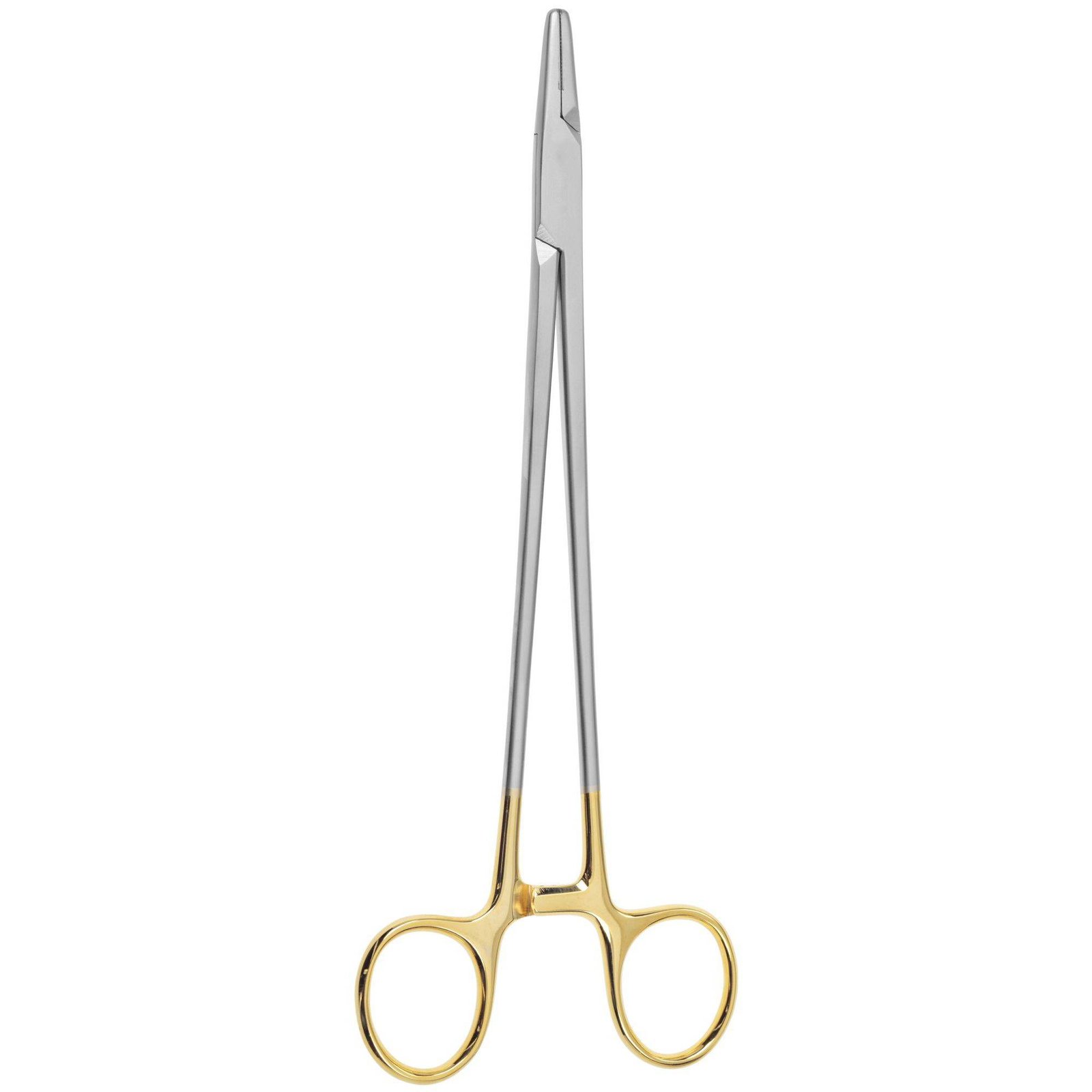
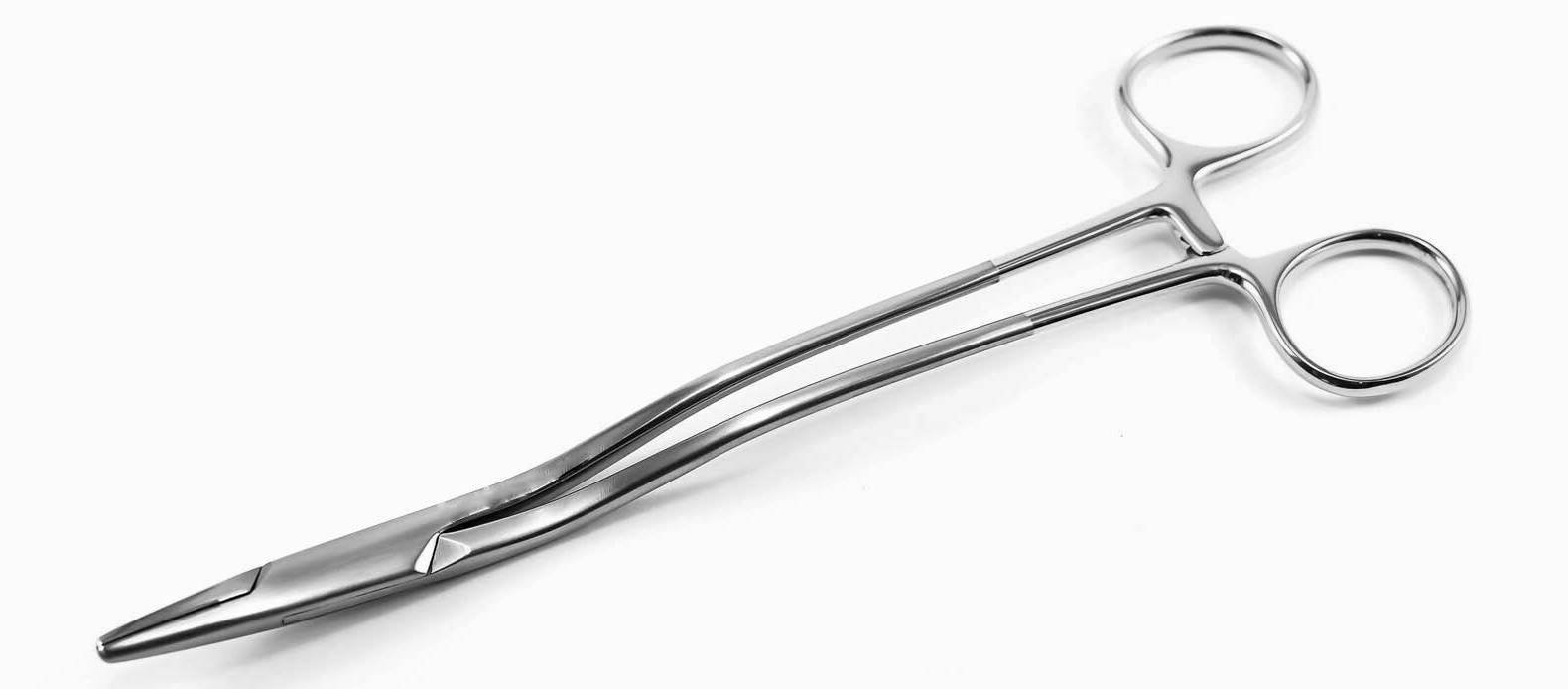
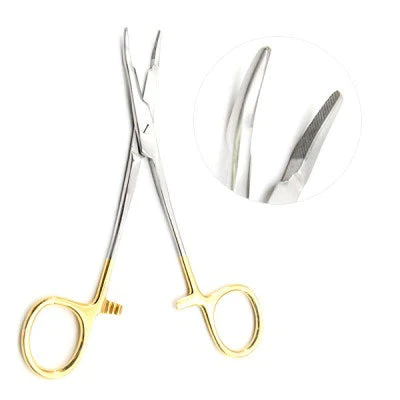















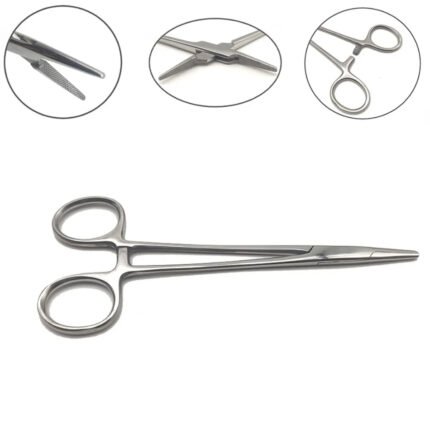
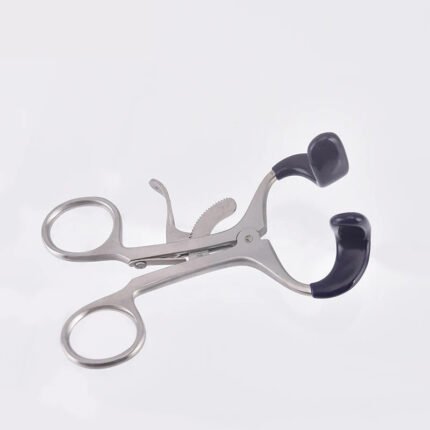
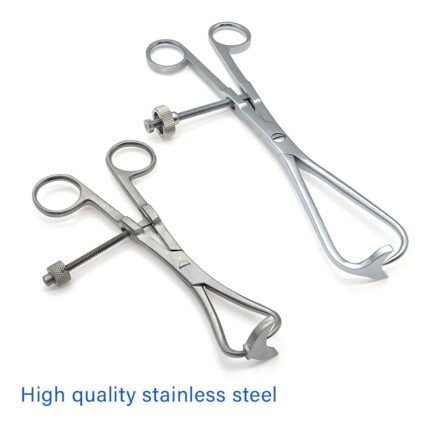
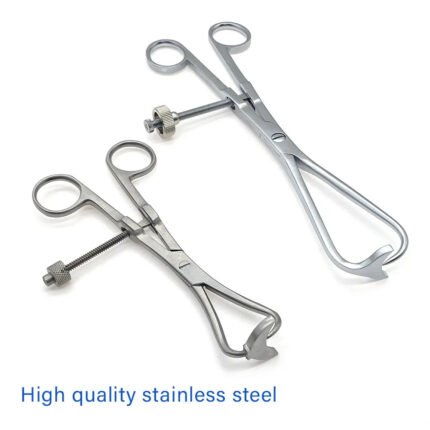
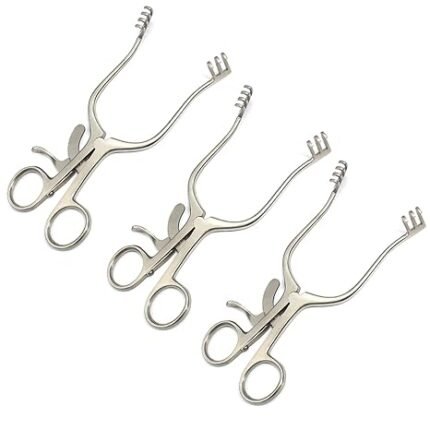
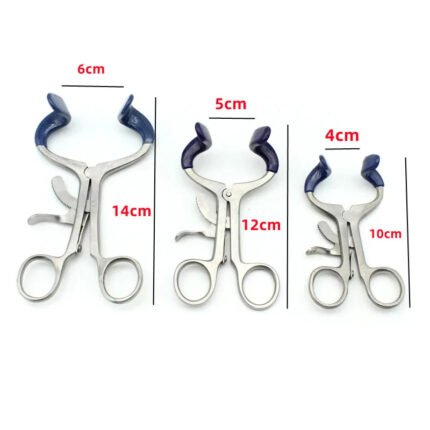

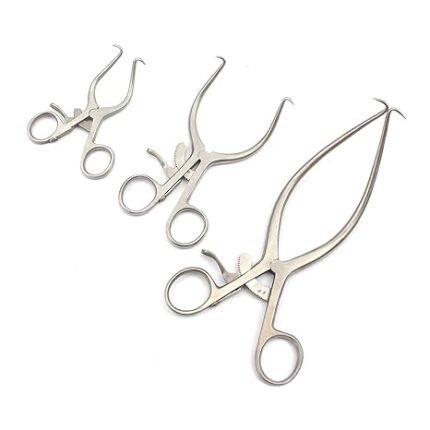

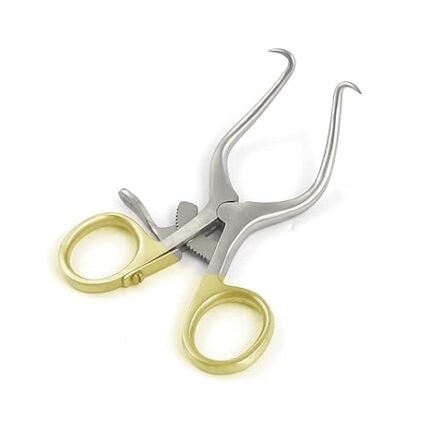


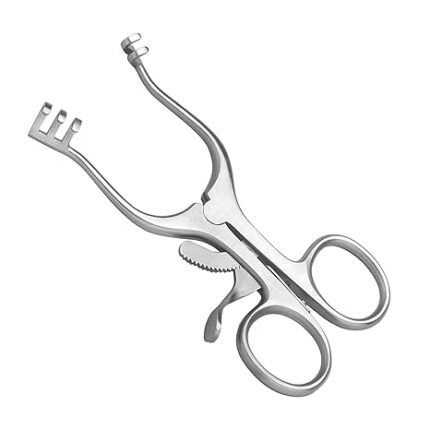

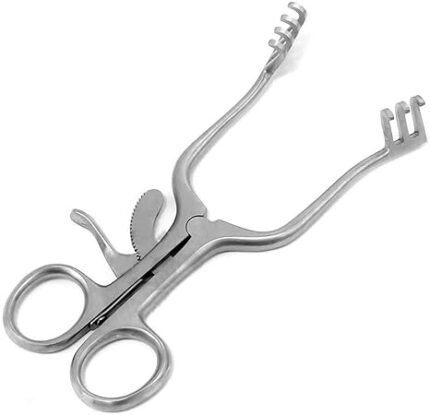
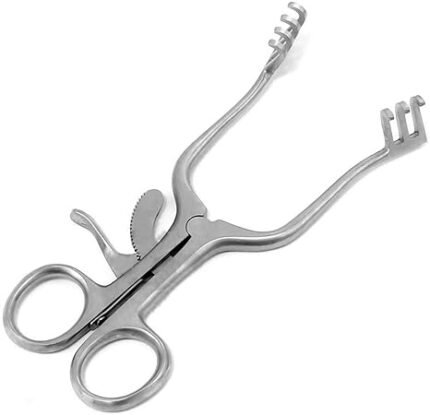
Reviews
There are no reviews yet.